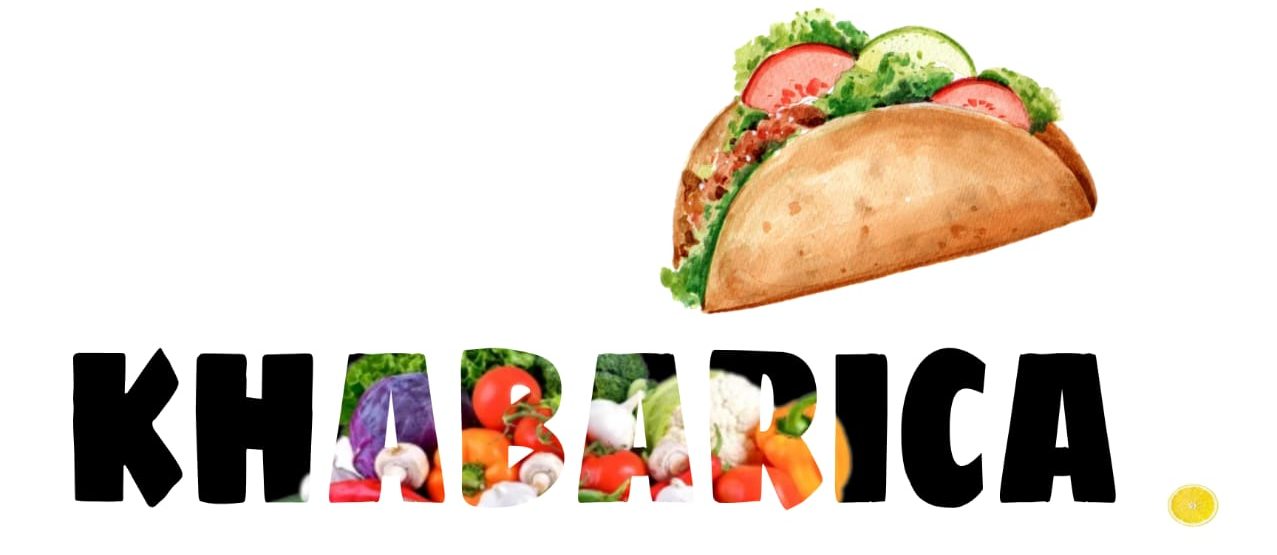Ever found yourself double-checking that date on your food package, debating if that milk or chicken is still good? It’s a common scenario, but those “expiration” dates may not be as cut-and-dry as we’ve assumed.
Decoding Expiration Labels
The USDA clarifies that those food expiration labels are more guides for optimal quality than hard-and-fast safety deadlines. So, the next time you’re about to trash that yogurt because it’s a day past its “Best if Used By” date, reconsider its real quality.
Types of Expiration Labels
Labels like “Best if Used By,” “Use By,” or “Sell By” can be misleading. Contrary to popular belief, they don’t point to when food becomes inedible. They mostly suggest when food is at its freshest or peak quality. For instance, “Best if Used By” hints at optimal flavor and freshness, while “Sell By” is more of a retailer’s guideline on shelf life.
Reducing Food Waste
A startling 30% of American food production ends up as waste annually. Misinterpreting expiration labels is a significant part of this issue. This not only affects personal finances but is also an environmental concern.
Food Durability Beyond Expiry
Eggs: Surprisingly, eggs are good 3-5 weeks post-purchase. A quick freshness test: if they sink in water, they’re still good; if they float, toss them out.
Chicken and Meat: They can be refrigerated for an extra day or two beyond their “Sell By” date. For extended storage, freezing is ideal.
Rice and Pasta: Stored in a cool, dry place, these can last impressively long, with rice enduring up to 4-5 years.
Canned Food: Canned items are durable, with their longevity depending on the can’s condition.
Frozen Food: Properly stored frozen food remains edible indefinitely, though its quality may degrade.
=
Spotting Spoilage
While many foods last beyond their labels, always watch out for spoilage signs. Mold, unusual smells, weird textures, or off flavors are red flags. Trusting your senses can be more trustworthy than relying solely on printed dates.
Preventing Food Waste
Effective storage is pivotal. Maintain your fridge at or below 40°F (4°C) and the freezer at 0°F (-18°C). Storing food in sealed containers also maximizes their shelf life.
Rethinking food expiration dates is essential. While they offer a useful gauge, they shouldn’t dictate food consumption strictly. By grasping label nuances and assessing freshness through our senses, we can curtail food wastage. Before discarding food based solely on a date, remember it might still be perfectly fine. Using it doesn’t just satisfy your palate but also diminishes your environmental impact.
For Complete Cooking STEPS Please Head On Over To Next Page Or Open button (>) and don’t forget to SHARE with your Facebook friends


